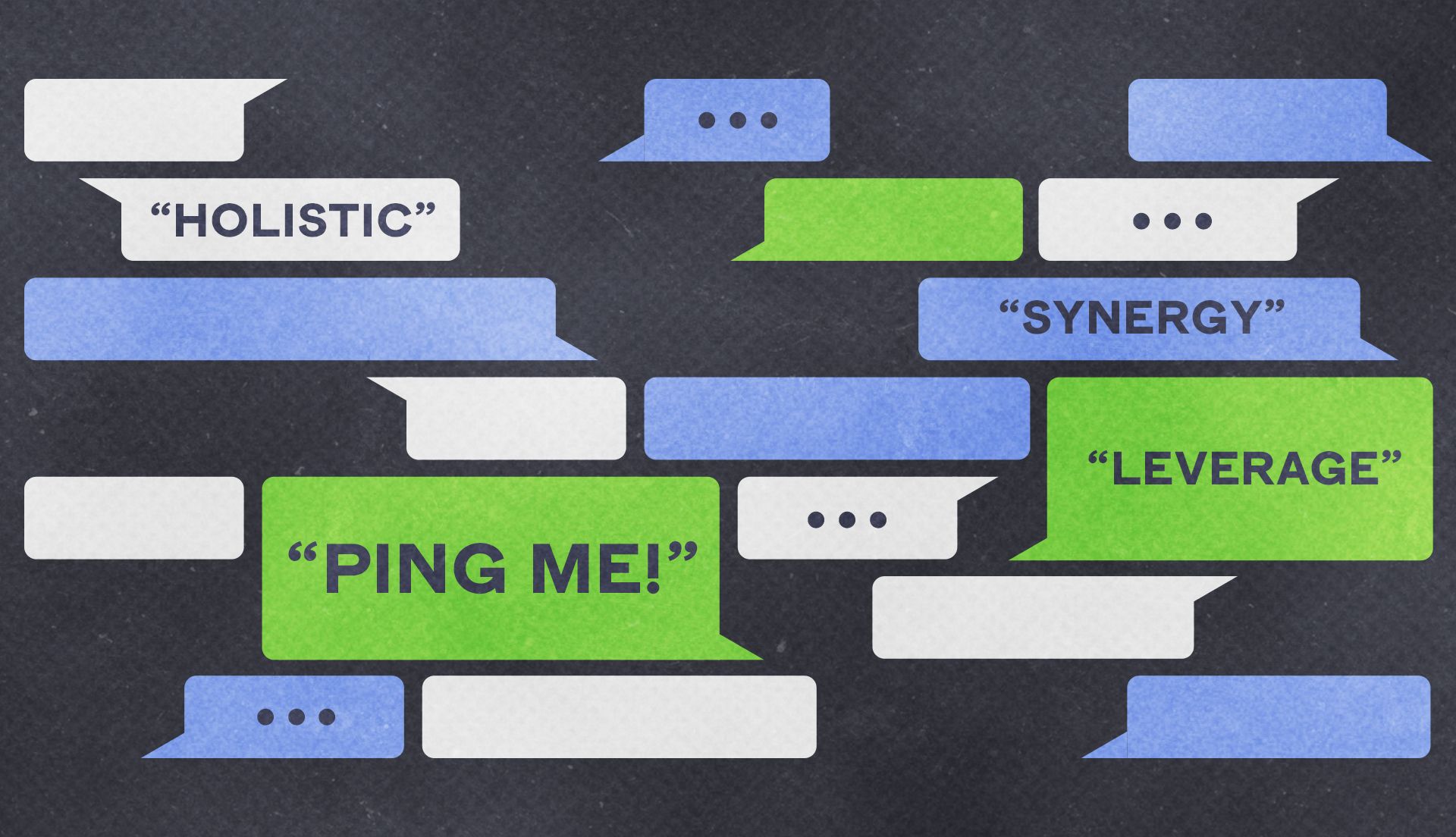If you’ve ever heard, “This call may be recorded for quality and training purposes,” then you’ve interacted with a company that uses employee monitoring tools. While worker surveillance isn’t anything new, today’s studies show that it’s reached greater heights than ever before due to remote work and falling productivity.
According to Prospect, in 2021 a third of UK workers were being employed using some form of employee monitoring software, most of which focus on tracking metrics that indicate productivity and efficiency. This figure was up from a quarter of UK employees 6 months prior, so is undoubtedly already tracking at a higher fraction.
A recent investigation by the New York Times found that eight out of the 10 largest private employers in the U.S. use monitoring devices on their staff, often in real time. The Times’ report also found that these tools are spreading well beyond blue-collar roles and are now tracking doctors, lawyers, architects, and other white-collar workers whose main output is IP.
But, do employee monitoring and productivity tracking tools actually work? “I think it depends on how one defines work,” says Dr. Sue Lam, Vice President of People Insights, Strategy and Culture at Coca-Cola. “If a company wants to ensure employees are in front of their computers for a certain amount of time per day, then perhaps. But, if it’s to check on the quality of their work products, then there are far more effective ways to ensure productivity.”
How did we get here?
Covid-19 and the resulting shift to remote work sparked panic among leaders accustomed to visually seeing their reports, or, in other words, using “time in seat” as a proxy for productivity. Tracking software vendors reaped the benefits, reporting sales volume growth as high as 600%.
The second development that pushed organisations toward employee monitoring (in the US, at least) was an August 2022 report from the U.S. Bureau of Labor Statistics, which showed the biggest drop in U.S. worker productivity since the government started tracking this metric in 1948. These numbers seemed to confirm a theory widely held by today’s leaders: Employees are less productive than they claim to be. As a result, market research firm Adroit is now forecasting a more than 250% expansion in the employee monitoring solutions market by 2029.
The unintended cost of productivity monitoring
In addition to the up-front price of the software (which tends to run around £10 per employee per month), organisations that implement productivity monitoring may encounter unexpected costs in terms of employee engagement. “It can be very disengaging for employees to find out that their employer is tracking their digital productivity,” says Lam. “Employees want to feel that their employer trusts them to do great work.”
This can create a ripple effect that ultimately harms overall performance. Recent research in the Harvard Business Review found that monitored employees were more likely to disregard instructions, work at a slower pace, and even damage or steal workplace property.
Leaders should also consider the reputational costs of tracking their employees. Amazon garnered significant backlash for monitoring employees’ language in an apparent effort to stifle discussions about working conditions. Tesla has been criticised for tracking how many in-office hours employees log each week, which workers found “disrespectful.” Apple was accused of hypocrisy for extensively monitoring employees despite its commitments to consumer data privacy.
Even executives say they do busywork in order to “look productive” in their companies’ employee monitoring system.
What really boosts productivity?
For some, the risks described above simply don’t outweigh the imperative to boost productivity. Leaders will need to unlock peak performance from each employee for their businesses to survive — and thrive — through this economic downturn. But, monitoring isn’t the only way to do it.
Researchers have repeatedly shown that organisations with diverse and inclusive cultures are more profitable. Why? Part of the answer is that along with different races, genders, ages, and abilities comes a heterogeneity of perspectives that drives innovation forward. In fact, McKinsey reports that companies in the top quartile for gender diversity are 25% more profitable than those in the bottom quartile.
Still, it’s important to acknowledge that leaders facing big productivity problems will be looking for quicker fixes. Those in this situation should not ignore the DEI imperative, but rather use this moment to re-examine the equity and inclusivity of their performance management approach. Performance goals that feel unattainable often result in undesirable consequences — like burnout, cheating the system, and disengagement — that ultimately drain business performance. As Lam explains, these problems often start at the bottom of the organisation. “Many line managers are not good at setting clear goals and having effective coaching conversations with their team members.”
If performance measures are smart and achievable, leaders can use a variety of methods (including, potentially, productivity trackers) to effectively monitor their employees’ progress toward them. But if the measures themselves are bad, don’t expect employee monitoring and productivity tracking to make a positive impact.
Have you listened to the Chief podcast? Tune into "The New Rules of Business" as Chief Co-Founders Carolyn Childers and Lindsay Kaplan unpack today's most challenging leadership questions. Be sure to leave a review and follow wherever you get your podcasts.

